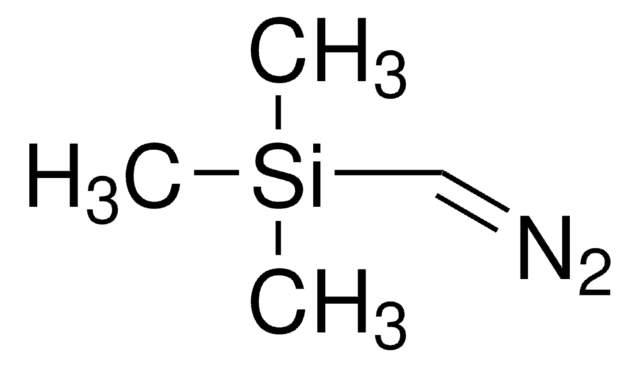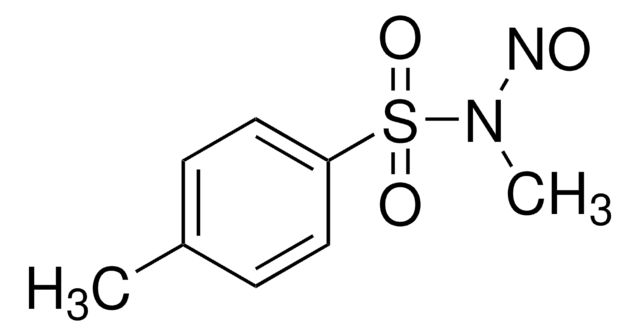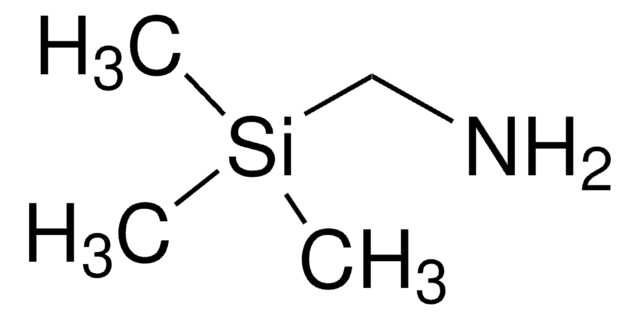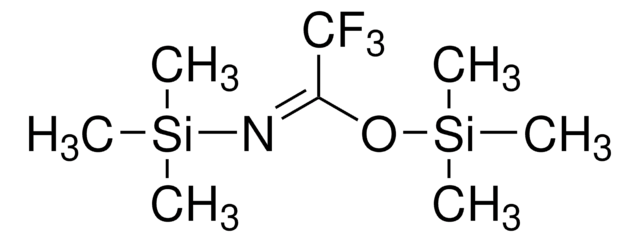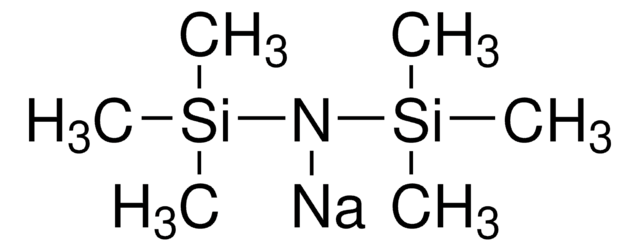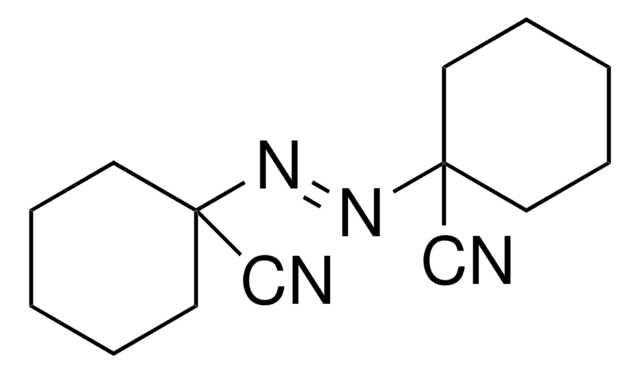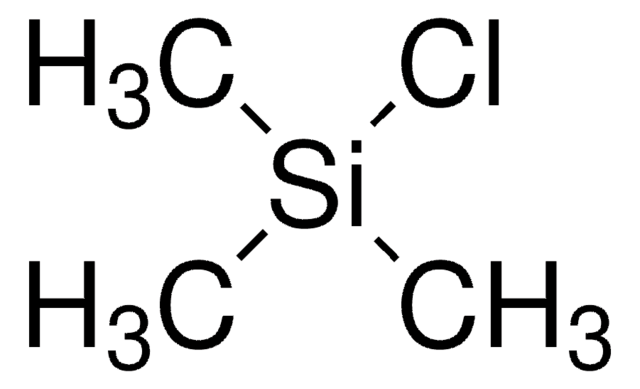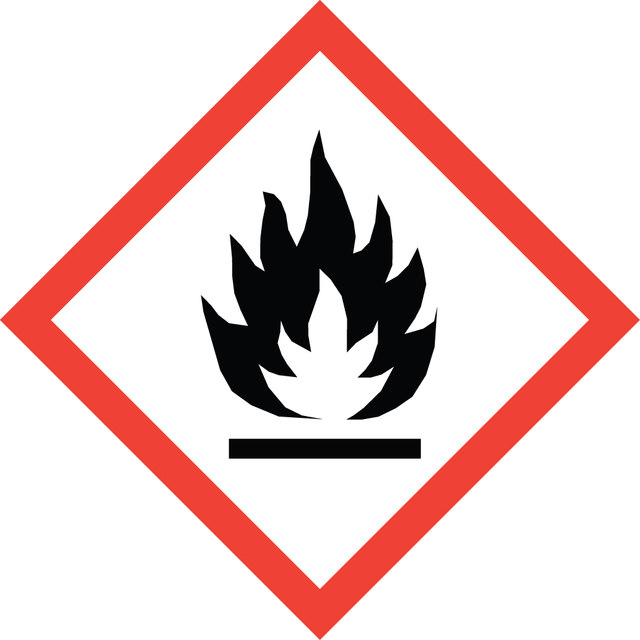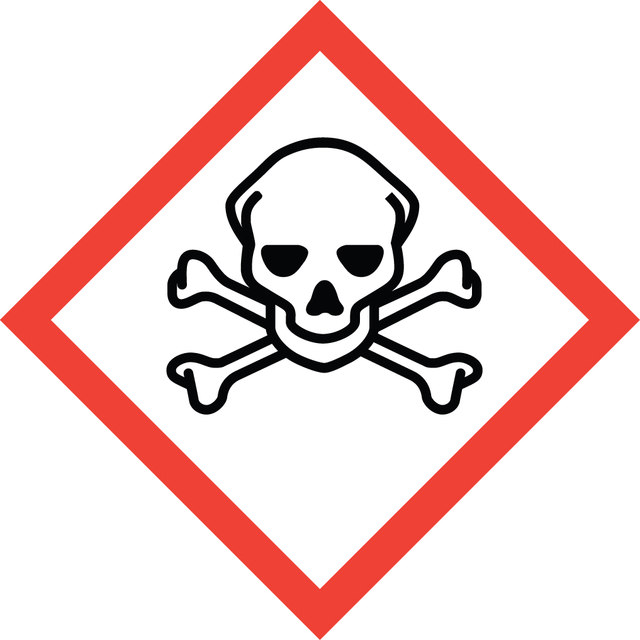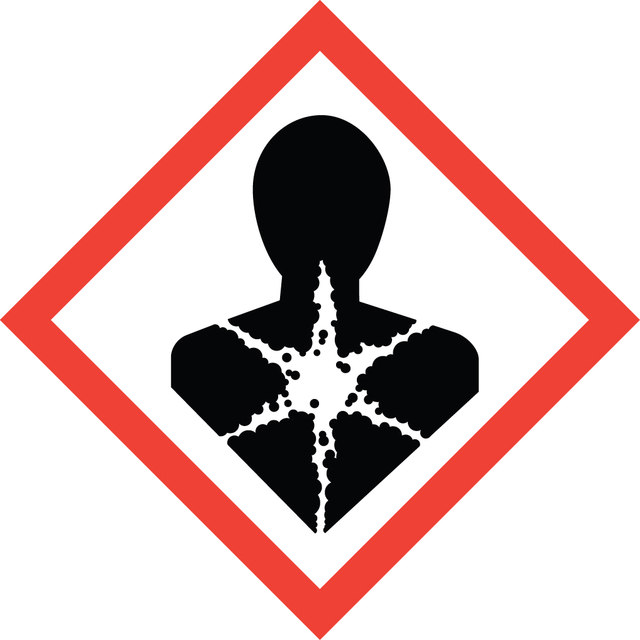527254
(Trimethylsilyl)diazomethane solution
2.0 M in diethyl ether
Synonym(s):
TMS-Diazomethane solution, (Diazomethyl)trimethylsilane
About This Item
Recommended Products
concentration
2.0 M in diethyl ether
density
0.773 g/mL at 25 °C
storage temp.
2-8°C
SMILES string
C[Si](C)(C)C=[N+]=[N-]
InChI
1S/C4H10N2Si/c1-7(2,3)4-6-5/h4H,1-3H3
InChI key
ONDSBJMLAHVLMI-UHFFFAOYSA-N
Looking for similar products? Visit Product Comparison Guide
General description
Application
- Macrolactam analogs of the natural product macrolide (-)-A26771B with improved metabolic stability and antibacterial activity
- Aigialomycin D analogues as protein kinase inhibitors for cancer treatment
- Unnatural α-amino acid derivatives containing gem-bisphosphonates via Michael addition reaction
- Capped 4-methylumbelliferyl hyaluronan disaccharides and tetrasaccharides as potential hyaluronidase substrates
- Stictamides A-C as matrix metallopeptidase 12 (MMP12) inhibitors with antitumor invasion activity
- Endothelin converting enzyme (ECE) Inhibitors WS 75624A and WS 75624B via a cross-metathesis approach
- Ent-kaurene derivatives as anti-inflammatory agents
- Desmosdumotin C analogs as potent antitumor agents acting via activation of spindle assembly checkpoint
- Imidazolo[2,1-b]benzothiazole derivatives as potential p53 inhibitors
related product
Signal Word
Danger
Hazard Statements
Precautionary Statements
Hazard Classifications
Acute Tox. 2 Inhalation - Acute Tox. 4 Oral - Carc. 1B - Flam. Liq. 2 - STOT SE 1 Inhalation - STOT SE 3
Target Organs
Central nervous system, Lungs
Supplementary Hazards
Storage Class Code
3 - Flammable liquids
WGK
WGK 3
Flash Point(F)
-31.0 °F - closed cup
Flash Point(C)
-35 °C - closed cup
Personal Protective Equipment
Regulatory Information
Choose from one of the most recent versions:
Already Own This Product?
Find documentation for the products that you have recently purchased in the Document Library.
Our team of scientists has experience in all areas of research including Life Science, Material Science, Chemical Synthesis, Chromatography, Analytical and many others.
Contact Technical Service